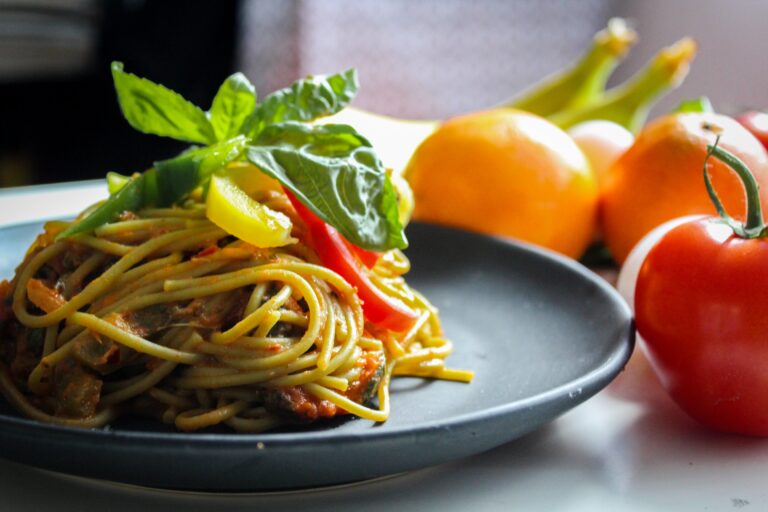
For generations, people have been captivated by the taste of noodles, a versatile and cherished ingredient in cuisines all over the world. Noodles have made their way onto plates and into people’s hearts all around the world, from the streets of Asia to the most exquisite Italian kitchens. We’re going to take a tasty trip through the varied varieties, historical background, and cultural significance of noodles in this blog.
The Story of Noodle Origins:
Food historians disagree greatly over the exact origins of noodles. Noodles are often associated with Chinese food, however ancient societies such as the Etruscans and Greeks also claim to have eaten them. Nevertheless, with records going back more than 4,000 years, China is generally acknowledged as the country where noodles originated.
Asian noodles are incredibly diverse in terms of their sizes, forms, and textures. Every type of noodle has its own distinct appeal, from the chewy wheat noodles of China and Japan to the delicate rice noodles of Southeast Asia. Noodles are a versatile ingredient in Asian cuisine, as seen by well-known dishes like Pad Thai, Ramen, and Pho, which serve as an ideal base for savory broths, sauces, and garnishes.
Italian Pasta: Another Name for a Noodle:
Pasta is a popular way to celebrate noodles in Italy. Italian pasta, from the well-known spaghetti to the cozy penne and the elaborate shapes of farfalle, has become a sensation in the world of cuisine. Pasta and sauce pairings, such as the traditional Bolognese or the straightforward yet delicious aglio e olio, show off the level of craftsmanship that may be attained.
Different Types of Noodles in the World:
Noodles are found on every continent, not just in Asia and Italy. While Eastern European cuisines feature the well-known pierogi and spaetzle, the Middle East is home to delicacies like Persian Reshteh and Arabic vermicelli desserts. Noodle-based recipes are enhanced by the distinct influences of each culture, resulting in a delicious fusion of textures and flavors.
The Cultural Significance of Noodles:
In many countries, noodles are more than just food; they are also symbolic of culture. Long noodles are used as a symbol of longevity in many Asian cultures and are frequently served at festive meals. In Italy, Sunday parties generally focus around a warm bowl of pasta, emphasizing the social nature of eating.
Using Noodles in Cooking:
Noodle experiments in the kitchen lead to endless possibilities. Noodles can be the main course of a festive feast or a quick weeknight dinner whether they’re stir-fried, boiled, baked, or sautéed. To improve your cooking abilities, try making handmade pasta or explore the variety of Asian noodle recipes.
In summary:
With their long history and widespread appeal, noodles are a staple in comfort food and culinary innovation. Noodles are loved everywhere, from the busy streets of Tokyo to the family dinner table in Rome. The next time you enjoy a bowl of your favorite noodle dish, remember to appreciate the global journey and centuries-old tradition that are packed into every delicious strand.
